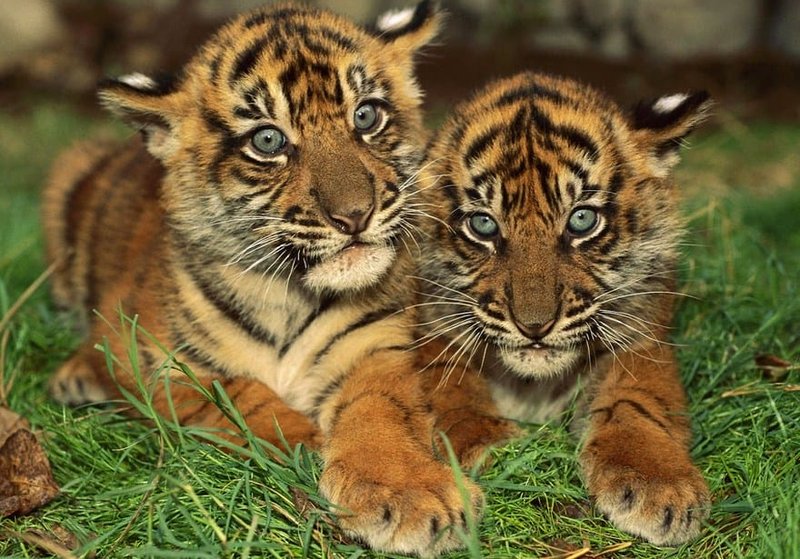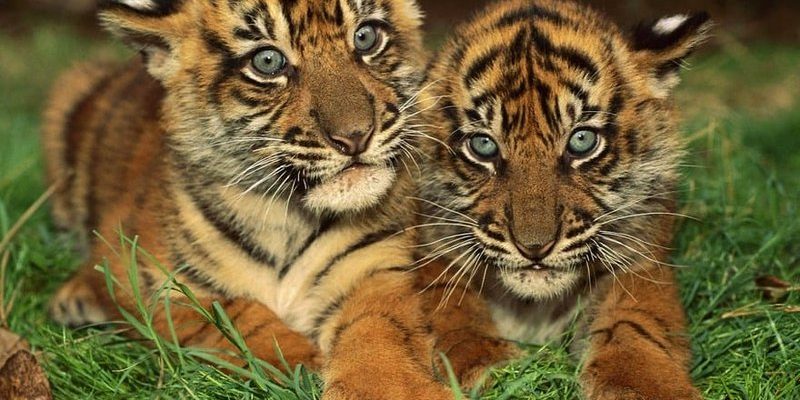
The South China tiger, known scientifically as *Panthera tigris amoyensis*, is not just any tiger. It represents more than strength and grace; it’s a symbol of biodiversity in the South China region. With fewer than 30 individuals left in the wild, understanding its role is crucial for conserving the environment—not just for the tiger, but for many species that share its habitat.
Like a conductor in an orchestra, the South China tiger regulates the populations of other animals around it. When you look closely, you’ll see that every creature has a part to play. Tigers impact everything from the types of vegetation in the area to the behavior of other species. Let’s explore this further.
Predator and Prey Dynamics
The South China tiger is at the top of the food chain, which makes it a keystone species. This means its presence—or absence—has a huge impact on its environment. When these tigers hunt, they primarily target herbivores like deer or wild boar. By keeping these populations in check, they help prevent overgrazing, which can seriously harm the ecosystem.
Let me explain this with a simple analogy: think of the tiger as a gardener. If the gardener doesn’t prune the plants, they can overgrow, choke out other species, and create a mess. Similarly, tigers control herbivore populations, allowing various plant species to thrive and biodiversity to flourish.
Here’s a little insight into the predator-prey relationship: when tiger numbers decline, the population of herbivores can skyrocket. This leads to overgrazing, which reduces plant diversity and affects other species that rely on those plants for food and shelter. So, the South China tiger’s hunting practices are crucial—not just for its own survival but for the entire ecosystem.
Habitat Maintenance
The South China tiger doesn’t just hunt; it also shapes the landscape with its presence. As they roam through forests and grasslands, tigers help maintain diverse habitats. Their movements create paths that other animals use, promoting a rich tapestry of plant and animal life.
Without tigers, you might think that the environment could be fine. But in truth, ecosystems thrive on variety and balance. The South China tiger’s activities contribute to a dynamic habitat where various plants and animals can coexist. It’s like a well-balanced meal—each ingredient adds flavor and nutrients that support overall health.
Plus, when tigers mark their territory, they communicate with other species, allowing for an organized structure within the ecosystem. This organization can reduce stress on resources, helping to sustain the habitat for future generations of both tigers and their prey.
Conservation and Biodiversity
Now that we see how the South China tiger plays its part, let’s talk about the importance of conservation. With the number of South China tigers dwindling, preserving their habitat is more vital than ever. This conservation effort isn’t just about saving tigers; it’s about protecting an entire ecosystem that relies on them.
By focusing on the South China tiger, conservationists can promote broader environmental protections. Efforts to secure its forest homes also benefit countless other species—from birds to insects—that rely on the same habitats. Here’s the thing: when we protect one species, we often end up helping many.
Community engagement is crucial in these efforts. Local people can be involved in conservation projects, turning them into stewards of the land rather than adversaries. This collaboration can foster pride in preserving nature, ensuring that the South China tiger—and its ecosystem—has a fighting chance.
Impacts of Loss
If we lose the South China tiger, the ripple effects on the ecosystem would be alarming. First off, the loss of biodiversity would be significant. Without this apex predator, herbivore populations would explode, leading to overgrazing and habitat degradation. The delicate balance maintained by the tiger would collapse, which could threaten many other species.
It’s not just about animals; plant life would also suffer. With fewer plants, soil stability collapses. Erosion rates could increase, affecting water quality and availability in the region. This can lead to a cascade of negative effects, not just locally but even affecting nearby ecosystems.
You might wonder how this loss impacts humans. Healthy ecosystems maintain clean air and water, provide resources like medicine, and support tourism. The extinction of the South China tiger could reduce these benefits, making conservation efforts critical not just for wildlife but for human well-being too.
Education and Awareness
To foster a deeper connection with the South China tiger, education and awareness are vital. When people learn about this tiger’s role in the ecosystem, they’re more likely to advocate for its protection. Schools, nature programs, and community initiatives can help spread the word.
By sharing stories of the South China tiger and the beauty of its habitat, we can spark interest and empathy. Imagine a child learning that this tiger influences the forest around them; they might grow up wanting to protect it. It’s all about planting seeds of curiosity and passion in future generations.
Furthermore, online resources and social media can amplify these stories. Documenting conservation efforts and sharing success stories can inspire thousands to take action, whether it’s through advocacy or sustainable practices in their own lives.
In conclusion, the South China tiger is far more than a beautiful creature—it’s a crucial part of a larger tapestry that supports life in its ecosystem. Their role as a predator helps maintain balance, and their presence encourages biodiversity. Protecting this magnificent feline means protecting the environment we all share.
As we become more aware of the interconnectedness of life, we realize our actions, big and small, can have profound impacts. Let’s champion the South China tiger and work toward a future where nature thrives in all its diversity. By engaging in conservation efforts and educating ourselves and others, we can play a role in ensuring that the roar of the South China tiger continues to reverberate through its forest home for generations to come.

